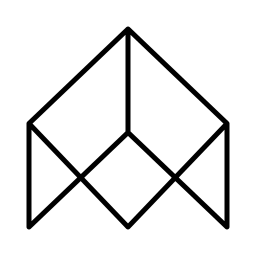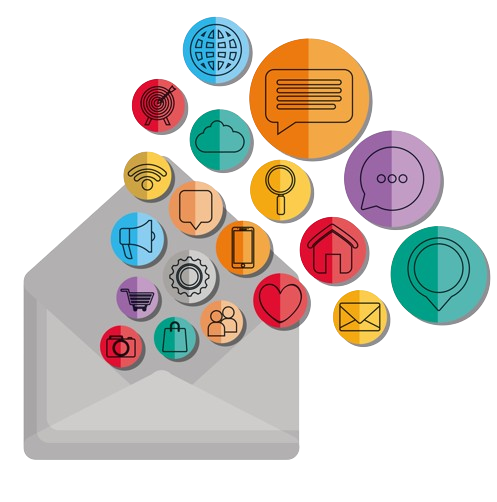
This stage involves understanding the needs and preferences of the target audience, market trends, and competitor analysis. It may also involve gathering insights through surveys, interviews, and data analysis to inform the design process.

In this stage, designers generate ideas and concepts based on the research findings. Brainstorming sessions, sketching, and prototyping are common activities during this phase to explore different design possibilities and refine concepts.

Once a concept is selected, designers move into the development phase where they create detailed designs and specifications. This may involve creating digital models, mockups, and prototypes to test and iterate on the design.

During this stage, prototypes are tested with users to gather feedback and identify any issues or areas for improvement. Usability testing, focus groups, and iterative refinement are key activities in this phase to ensure the product meets the needs of the users.

This stage may include finalizing manufacturing processes, sourcing materials, and coordinating with suppliers to bring the product to market. Continuous monitoring and refinement may also occur post-launch based on user feedback and market performance.


It is designed to verify the authenticity and validity of email addresses in large quantities.